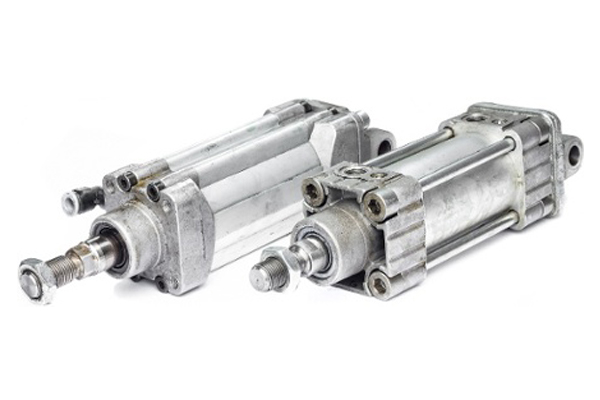Find out how we helped a refrigerator manufacturer save over $200k a year by removing varnish from their hydraulic system to reduce downtime, defective units, idle labor and maintenance costs.
During the manufacturing process of refrigerators, isocyanate is hydraulically injected into the body of the appliance to improve insulation. After injection, the chemical transforms from liquid to foam.
Small amounts of isocyanate were adhering to the hydraulic cylinder, which would then introduce the chemical to the AW hydraulic fluid. Portions of the isocyanate would dissolve, causing varnish deposits and gels to form, while the remainder would remain solid, becoming particulate contamination. These high levels of particulate (22/21/16) and varnish contamination (MPC∆E = 33.1) were causing excessive amounts of product defects and downtime due to premature equipment failure of pumps, motors and actuated control valves. In addition, hydraulic pump motors were operating @ 150% of max. rated current. This was reducing service life and generating heat that increases system susceptibility to varnish. To slow the buildup of varnish, oil was changed biweekly. Per the injection system manufacturer, ISO Fluid Cleanliness Codes above 21/18/15 void the warranty of the system and its components. ASTM D7843 indicates that MPC∆E levels should be less than 15 to prevent harmful varnish deposits and gels from forming.
Install FSW offline filtration unit with varnish removal media to remove varnish and particulate contamination from fluid. Increase the size of hydraulic pumps and motors to ensure components are operating within spec. and normalize fluid temperature, reducing the system’s susceptibility to varnish build up.
ISO Fluid Cleanliness Codes dropped to 18/15/10 (93.5% reduction of particles 4 microns in size and larger) while MPC∆E was decreased to 5.2 (84% reduction). Annually, defective units have decreased by 408 and 16.81 hours of downtime (idle labor) have been eliminated. Oil changes are no longer a necessary means of combating varnish that has reduced their frequency substantially.

